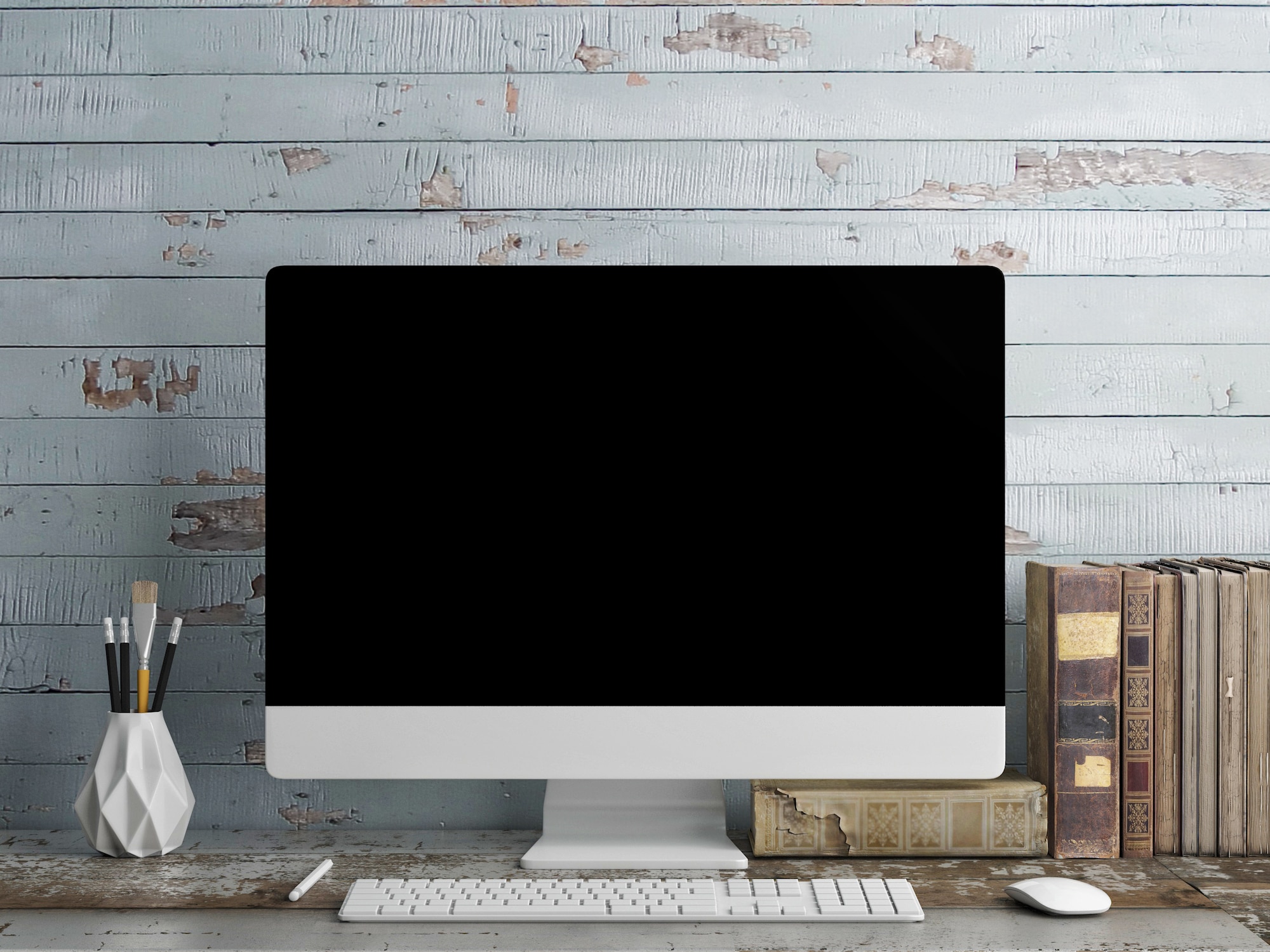As the airline industry progressed and evolved over the years, flights became more and more accessible to the masses. Even though the industry has changed a lot, one thing remained constant – boredom.
Depending on the airline or type of plane, you may be indulged with some kind of entertainment, but not too many people are fond of that.
For most of us, one of the primary sources of entertainment is usually a phone or a tablet. Considering the size, it’s understandable why you’d want something with a larger screen, something like a portable monitor. With that said, the main question is, are you allowed to bring a monitor on a plane.
Based on @AskTSA, a desktop monitor is allowed on a plane, but there are several things to keep in mind. Also, I will touch base on multiple types of monitors and outline what’s the best approach.
How to Pack a Monitor for Plane Travel
Carrying a monitor is allowed, so that’s that, right? Not exactly.
The rules may vary from one airline to another, but in most cases, you’ll need to have the monitor packed. If you’re planning on taking a desktop monitor with you, airlines will require you to have it packed well.
You have two options – to have the monitor in the carry-on luggage or put it in the checked one. My recommendation in terms of this is to go for the carry-on option as you will have it with you in more controlled conditions. Even though you can pay for transferring fragile items with some airlines, I would still go for the carry-on approach.
Another advantage to this is in the case of portable monitors. Let’s say that you’re on a more extended flight and want to watch a movie or a TV show, in which case you’d want to have it on hand. Most people, myself included, usually carry it in a backpack to be close at hand.
You May Also Like: Can You Bring a Desktop Computer on a Plane?
Recommended Monitor Size for Travel
If you’re traveling with your desktop, then I cannot make any recommendations. You just pack everything and head off to the airport.
When it comes to portable monitors, the size will depend on your needs. Some people are fine with watching on a 10-inch tablet, while others find it way too small. Statistically speaking, for the most part, the most commonly used portable monitors are the 15.6-inch ones. My personal preference is a 14 inch mainly because I’m the type of person that wants to save weight and travel as light as possible.
Related Article: Can I Bring My Kindle on an Airplane?
Best Portable Monitor
Since the most common size for portable monitors is 15.6 inches, my recommendation will reflect that.
The monitor I’ve chosen for you is the Asus ZenScreen Go, a 15.6-inch portable monitor which would be an excellent option to take on a plane. Even though this is not the most affordable option, I believe it to be a perfect option, capable of providing a very good balance between performance and portability.
One of the main selling points of this portable monitor is its portability. The ZenScreen Go comes in at below 2 pounds, making it a very lightweight option, unlike most of its competitors, some of which are almost double that. Thickness is another strong suit meaning that you’re getting a portable monitor with around 0.3 inches thick.
As for the panel, you have a very high-quality display. It’s an IPS panel with a Full HD resolution and a maximum brightness of 220 cd/m2. To be fair, there are some brighter models, but for usage on a plane, this I more than enough. It’s also equipped with Asus’ Eye Care technology which reduces flicker and blue light, resulting in reduced eye strain.
You also have the option to purchase the monitor with a battery, which is another advantage. The ZenScreen Go comes with a 7800 mAh battery giving you a running time of up to 4 hours. In case that’s not enough, the quick charge will help you top it off in no time.
There are plenty of other features as well. This portable monitor comes with built-in stereo speakers, along with a smart cover, which not only protects it in a backpack but also offers additional functionality.
- 7800 mAh battery
- Smart cover
- Thin and lightweight
- Excellent compatibility and connectivity.

